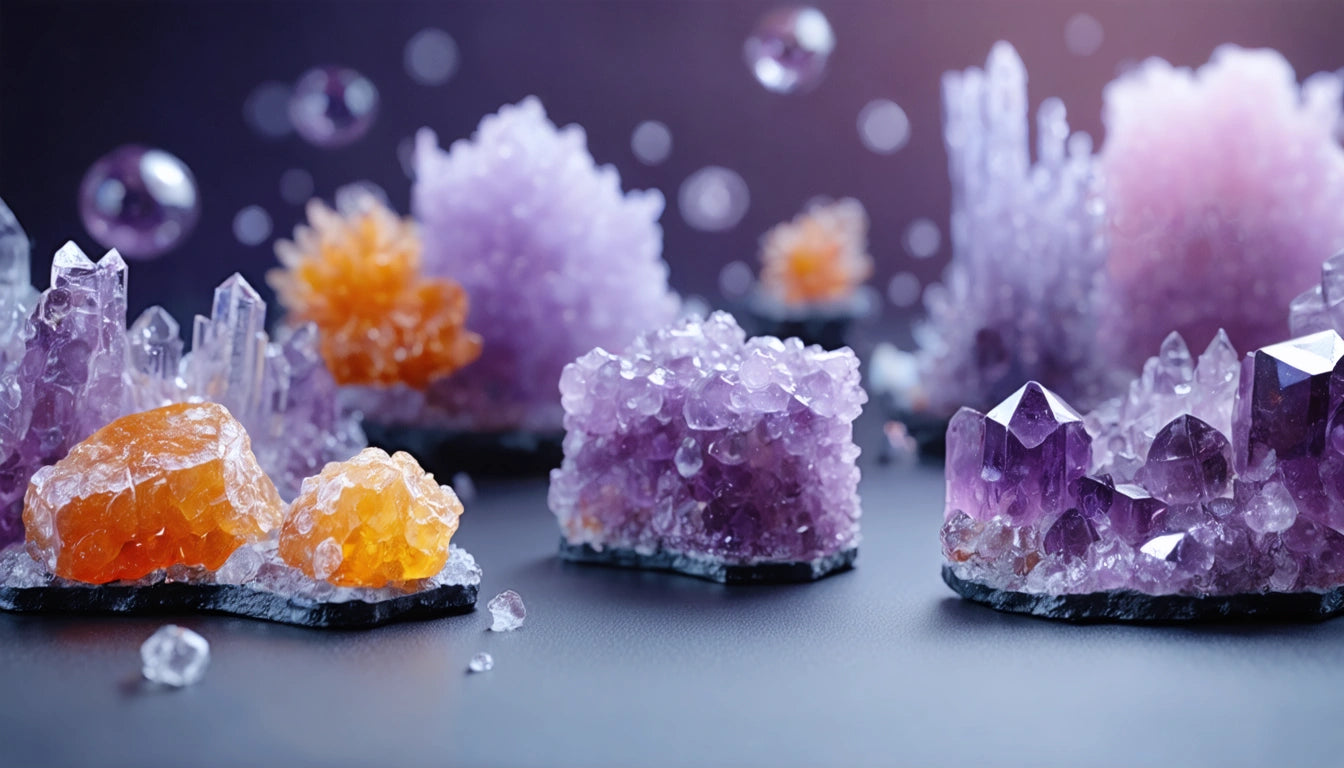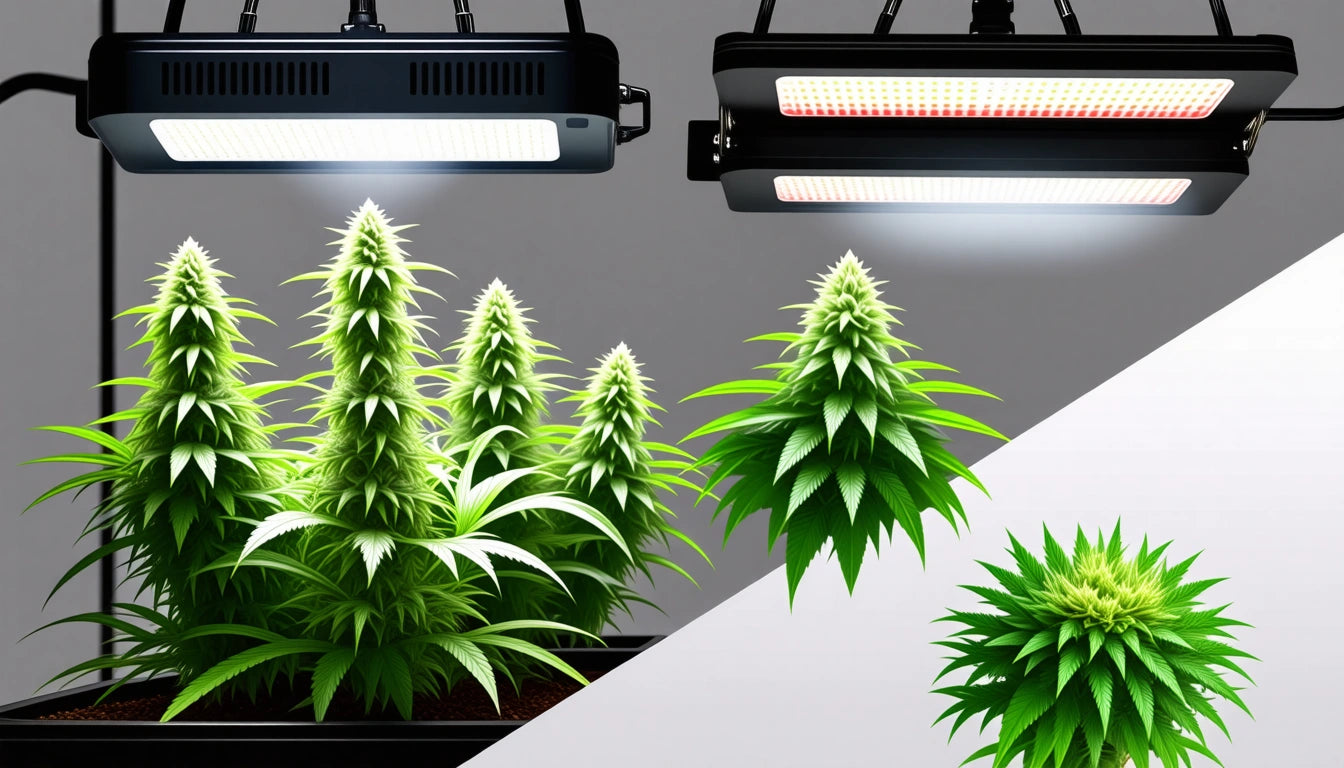Table of Contents
Understanding the Differences Between A, B, and C Flute Corrugated Cardboard
Corrugated cardboard is the backbone of modern packaging solutions, offering versatility, protection, and sustainability. When selecting packaging materials, understanding the differences between A flute vs B flute vs C flute corrugated cardboard is essential for ensuring product safety and optimizing costs. Each flute type offers distinct advantages for different applications, from shipping fragile items to creating retail-ready displays.
Fundamentals of Corrugated Fluting
Corrugated cardboard consists of three layers: an outside liner, an inside liner, and a fluted middle layer. The fluted layer creates a series of arches between the liners, providing strength and cushioning. The size, shape, and frequency of these flutes determine the material's properties and appropriate applications.
The flute designation (A, B, C, etc.) refers to the height and frequency of the waves in the corrugated medium. These specifications directly impact cushioning ability, stacking strength, and printing surface quality.
A Flute Characteristics and Applications
A flute is the original corrugated board design and features the tallest flute profile at approximately 4.8mm in height. With about 33 flutes per foot, A flute provides excellent cushioning and superior stacking strength.
Key Properties of A Flute:
- Superior cushioning and shock absorption
- Excellent stacking strength for heavy items
- Provides the most rigid board structure
- Less flutes per foot means less crushing resistance
A flute is ideal for fragile items requiring maximum protection during shipping and handling. It's commonly used for glass products, electronics, and other delicate items where cushioning is paramount. However, its thickness makes it less suitable for smaller packages or items requiring detailed printing.
B Flute Characteristics and Applications
B flute features a more compact profile at approximately 2.4mm in height with about 47 flutes per foot. This higher flute frequency creates a flatter surface while maintaining good cushioning properties.
Key Properties of B Flute:
- Better crush resistance than A flute
- Superior printing surface for retail packaging
- Good stacking strength
- More economical use of material
B flute provides an excellent balance between protection and presentation, making it perfect for retail packaging that requires both structural integrity and high-quality printing. It's commonly used for point-of-purchase displays, retail-ready packaging, and consumer goods where visual appeal matters.
C Flute Characteristics and Applications
C flute strikes a balance between A and B flutes with a height of approximately 3.6mm and about 39 flutes per foot. It represents the most commonly used flute profile in the packaging industry.
Key Properties of C Flute:
- Good balance of cushioning and crush resistance
- Excellent stacking strength for standard shipping
- More economical than A flute
- Better protection than B flute
C flute is the workhorse of the corrugated industry, suitable for a wide range of applications from shipping containers to product packaging. Its versatility makes it the default choice for many standard packaging needs, particularly for consumer goods that require reasonable protection without excessive material usage.
For regulated industries like cannabis, C flute is often used in specially designed child-resistant packaging solutions that combine security features with the inherent strength of corrugated material.
Comparing A Flute vs B Flute vs C Flute
When evaluating which flute type best suits your needs, consider these comparative factors:
Thickness and Board Caliper:
- A Flute: 4.8mm (thickest)
- C Flute: 3.6mm (medium)
- B Flute: 2.4mm (thinnest of the three)
Cushioning Properties:
- A Flute: Superior cushioning
- C Flute: Good cushioning
- B Flute: Moderate cushioning
Printing Surface Quality:
- B Flute: Excellent
- C Flute: Good
- A Flute: Fair
Material Efficiency:
- B Flute: Most efficient
- C Flute: Moderately efficient
- A Flute: Least efficient
Understanding these differences helps in selecting the appropriate flute type for specific packaging applications. For example, when comparing A flute vs B flute for electronics packaging, A flute might be preferred for its superior cushioning, while B flute could be chosen for smaller electronic accessories where space efficiency matters.
Selecting the Right Flute for Your Packaging Needs
Choosing between A, B, and C flute corrugated cardboard should be based on several key considerations:
Product Fragility:
For highly fragile items requiring maximum protection, A flute provides superior cushioning. For moderately fragile items, C flute offers a good balance, while B flute works well for items needing minimal cushioning.
Weight Considerations:
Heavier items benefit from the stacking strength of A or C flute, while lighter products can be adequately protected with B flute, saving on material and shipping costs.
Printing Requirements:
If high-quality graphics are essential for retail appeal, B flute provides the best printing surface, followed by C flute. A flute's more pronounced ridges make it less suitable for detailed printing.
Space Efficiency:
When storage or shipping space is at a premium, B flute's thinner profile offers space savings without significantly compromising protection. This can be particularly important for specialized product packaging where dimensional constraints apply.
By carefully evaluating these factors, businesses can select the optimal flute type that balances protection, presentation, and cost-effectiveness for their specific packaging requirements.











Leave a comment
All comments are moderated before being published.
This site is protected by hCaptcha and the hCaptcha Privacy Policy and Terms of Service apply.